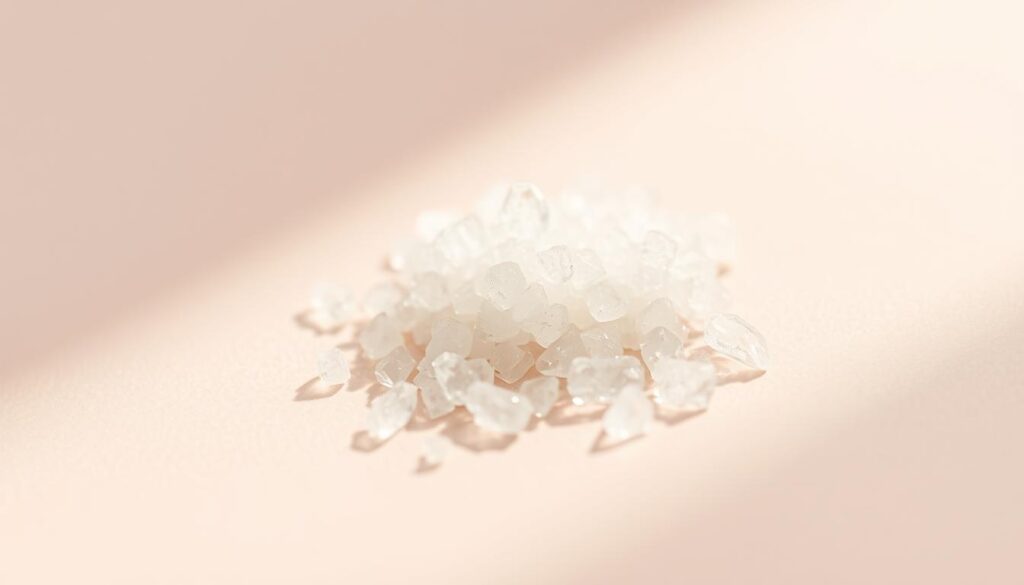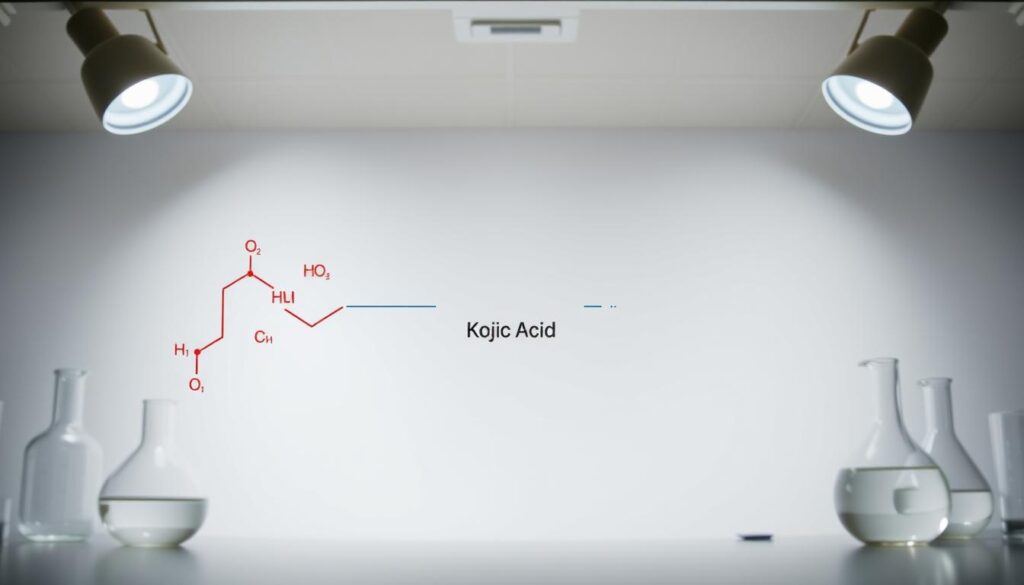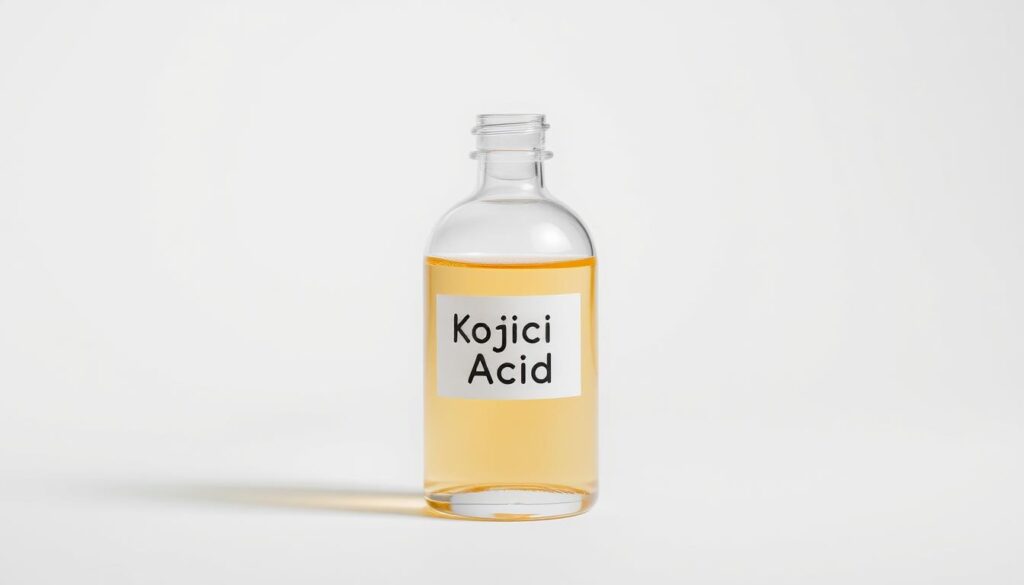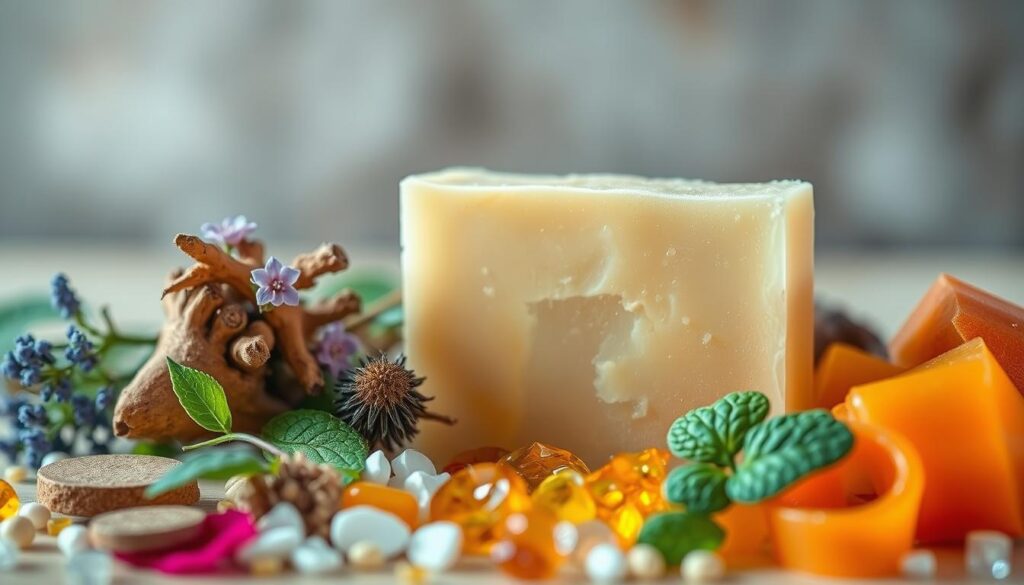Introduction
Did you know that millions of people worldwide use brightening products daily to achieve a more even skin tone? So, the question is Does Soap Whiten the Face? While many turn to soap for this purpose, the reality behind its effectiveness is often misunderstood.
Kojic acid, a key ingredient in many brightening soaps, plays a significant role in reducing hyperpigmentation. By inhibiting the enzyme tyrosinase, it helps decrease melanin production, effectively lightening dark spots caused by acne and sun damage.
This article explores the benefits and realities of using brightening soap, separating myths from facts. We’ll discuss safety precautions, recommended usage, and examine both skin lightening and brightening effects. With evidence-based insights, you’ll gain a clearer understanding of how these products work and their potential benefits for your skincare routine.
The Reality Behind Soap and Skin Lightening
Many believe that soap can significantly lighten skin tone, but the truth is more nuanced. Understanding how skin tone works and the role of ingredients like kojic acid is key to separating myths from facts.
Understanding Skin Tone and Hyperpigmentation
Skin tone varies naturally due to melanin, a pigment produced by melanocytes. Hyperpigmentation occurs when excess melanin leads to dark spots, often from sun exposure or acne.
Debunking Common Myths
While some think soap alone can whiten skin, it’s actually the ingredients like kojic acid that help. Kojic acid inhibits tyrosinase, reducing melanin production and fading spots over time.
| Product Type | Active Ingredients | Benefits |
|---|---|---|
| Brightening Soap | Kojic Acid | Reduces melanin, fades spots |
| Brightening Serum | Vitamin C | Antioxidant, brightens skin |
| Exfoliating Cleanser | Glycolic Acid | Removes dead cells, evens tone |
Choosing the right product depends on your skin type and needs. Brightening soap is a gentle option for daily use, while serums and exfoliants offer deeper benefits.

The Science Behind Skin Brightening Soaps
Understanding how skin brightening soaps work involves delving into the biology of skin tone and the role of key ingredients. These products target hyperpigmentation through specific mechanisms that inhibit melanin production and promote skin renewal.
Melanin Production and Tyrosinase Inhibition
Melanin is the pigment responsible for skin color, produced by melanocytes. Tyrosinase, an enzyme, catalyzes melanin production. Kojic acid, a common ingredient in brightening soaps, inhibits tyrosinase, reducing melanin synthesis and fading hyperpigmentation over time.
Exfoliation and Skin Renewal Processes
Brightening soaps often contain alpha-hydroxy acids (AHAs) like glycolic acid, which exfoliate the skin. This process removes dead skin cells, allowing new, healthier cells to emerge, contributing to a more even skin tone.
Antioxidant Effects and Boosting Skin Health
Ingredients in brightening soaps, such as kojic acid, also act as antioxidants, neutralizing free radicals that can damage skin cells. This protection helps maintain skin health and prevents further hyperpigmentation.

Understanding is soap whiten the face: Facts
Can soap truly whiten the face? This question sparks debate among skincare enthusiasts. It’s important to distinguish between skin brightening and bleaching. Brightening aims to even out tone, while bleaching alters pigment, which is unsafe.
Kojic Acid’s Role in Reducing Dark Spots
Kojic acid, a key ingredient in brightening soaps, targets hyperpigmentation by blocking tyrosinase, the enzyme behind melanin production. This reduces dark spots over time, offering a safer alternative to harsh bleaching agents.
Comparisons with Serums and Other Treatments
While serums and creams provide concentrated benefits, brightening soaps offer a gentle, daily cleansing option. Dermatologists suggest using products with 1-4% kojic acid for effectiveness without irritation. However, serums may deliver faster results due to higher concentrations and longer skin contact.

Understanding these differences helps set realistic expectations. Brightening is a gradual process requiring patience and consistent skincare routines.
Key Active Ingredients in Skin Brightening Soaps
Active ingredients play a crucial role in the effectiveness of skin brightening soaps. Understanding these components helps consumers make informed choices.
Kojic Acid: Benefits, Concentrations, and Safety
Kojic acid is a popular ingredient known for its ability to reduce hyperpigmentation. It works by inhibiting tyrosinase, the enzyme responsible for melanin production. For optimal results, kojic acid should be used at concentrations between 1% to 2%. Higher concentrations may increase the risk of irritation, especially for sensitive skin. Always perform a patch test before regular use to ensure tolerance.
Arbutin and Glutathione: Synergistic Brightening
Arbutin, derived from bearberry, and glutathione, an antioxidant, work synergistically with kojic acid. Arbutin inhibits tyrosinase, while glutathione neutralizes free radicals, protecting the skin from oxidative stress. Together, they enhance skin brightening effects and promote overall skin health.
Complementary Ingredients: Moisturizers and Exfoliating Agents
Mild moisturizers and exfoliants like hyaluronic acid and glycolic acid complement brightening ingredients. They maintain skin hydration and gently remove dead skin cells, allowing for a more even tone and better absorption of active ingredients.

When choosing a brightening soap, look for products with these active ingredients in appropriate concentrations. Proper usage and patch testing are essential for safety and effectiveness. Always follow a consistent skincare routine for the best results.
How to Incorporate Soap into Your Daily Skincare Routine
Incorporating brightening soap into your skincare routine can be simple and effective. By following a consistent process, you can maximize the benefits of active ingredients like kojic acid while maintaining healthy, glowing skin.
Step-by-Step Cleansing Process
- Wet your face with lukewarm water to open up your pores.
- Massage a small amount of soap onto your damp face using circular motions.
- Allow the soap to sit for 1-2 minutes to let the active ingredients work.
- Rinse thoroughly with lukewarm water, then pat dry with a clean towel.
Post-Cleansing Care and Sunscreen Application
After cleansing, apply a gentle moisturizer to keep your skin hydrated and balanced. Sunscreen is essential to protect your skin from UV damage, especially when using brightening products.
| Step | Action | Benefit |
|---|---|---|
| 1 | Wet Face | Opens pores for better cleansing |
| 2 | Massage Soap | Distributes active ingredients evenly |
| 3 | Let Sit | Allows ingredients to penetrate deeper |
| 4 | Rinse | Removes dirt and excess product |
| 5 | Moisturize | Hydrates and soothes the skin |
| 6 | Apply Sunscreen | Protects against UV damage |
Precautions and Considerations When Using Brightening Soaps
When incorporating brightening soap into your skincare routine, it’s essential to take certain precautions to ensure safe and effective use. Understanding potential risks and proper usage can help you achieve the best results while maintaining healthy skin.
Patch Testing and Managing Skin Sensitivity
Before using any new brightening soap, perform a patch test on a small area of your skin. This helps identify any allergic reactions or irritation. Apply the soap to a discrete area, like behind your ear, and wait 24-48 hours. If you experience redness, itching, or dryness, consider reducing usage frequency or consulting a dermatologist.
Skin sensitivity can vary. If you notice irritation, try using the soap every other day instead of daily. This allows your skin time to adjust to the active ingredients like kojic acid.
Product Concentrations and Usage Frequency
Check the concentration of active ingredients in your brightening soap. Kojic acid, for example, is most effective at 1-4% concentrations. Higher levels may increase the risk of irritation, especially for sensitive skin. Always follow the manufacturer’s guidelines for usage frequency to avoid overexfoliation or dryness.
Using brightening soap more than recommended can harm your skin. Overuse may lead to dryness, irritation, or even an uneven skin tone. Adjust your routine based on how your skin responds, and consult a dermatologist if you’re unsure.
Remember, brightening is a gradual process. Be patient and consistent with your skincare routine to achieve the best results safely.
- Always patch test before full use.
- Adjust frequency based on skin tolerance.
- Follow manufacturer guidelines for concentration.
- Protect your skin from UV exposure.
Conclusion
Brightening soaps with ingredients like kojic acid can help reduce hyperpigmentation and even out skin tone, but they work gradually and require consistent use. It’s important to understand that brightening differs from whitening, as it focuses on evening tone rather than drastically changing it. Always choose products with scientifically-backed ingredients and follow proper usage guidelines to avoid irritation.
For best results, incorporate brightening soap into your daily skincare routine, allowing time for the active ingredients to work. Be patient, as visible improvements may take weeks to months. Remember to patch test, use sunscreen, and maintain realistic expectations. Consulting a dermatologist can provide personalized advice tailored to your skin type and concerns.
By making informed decisions and following these practical tips, you can safely and effectively enhance your skincare routine with brightening soap.
